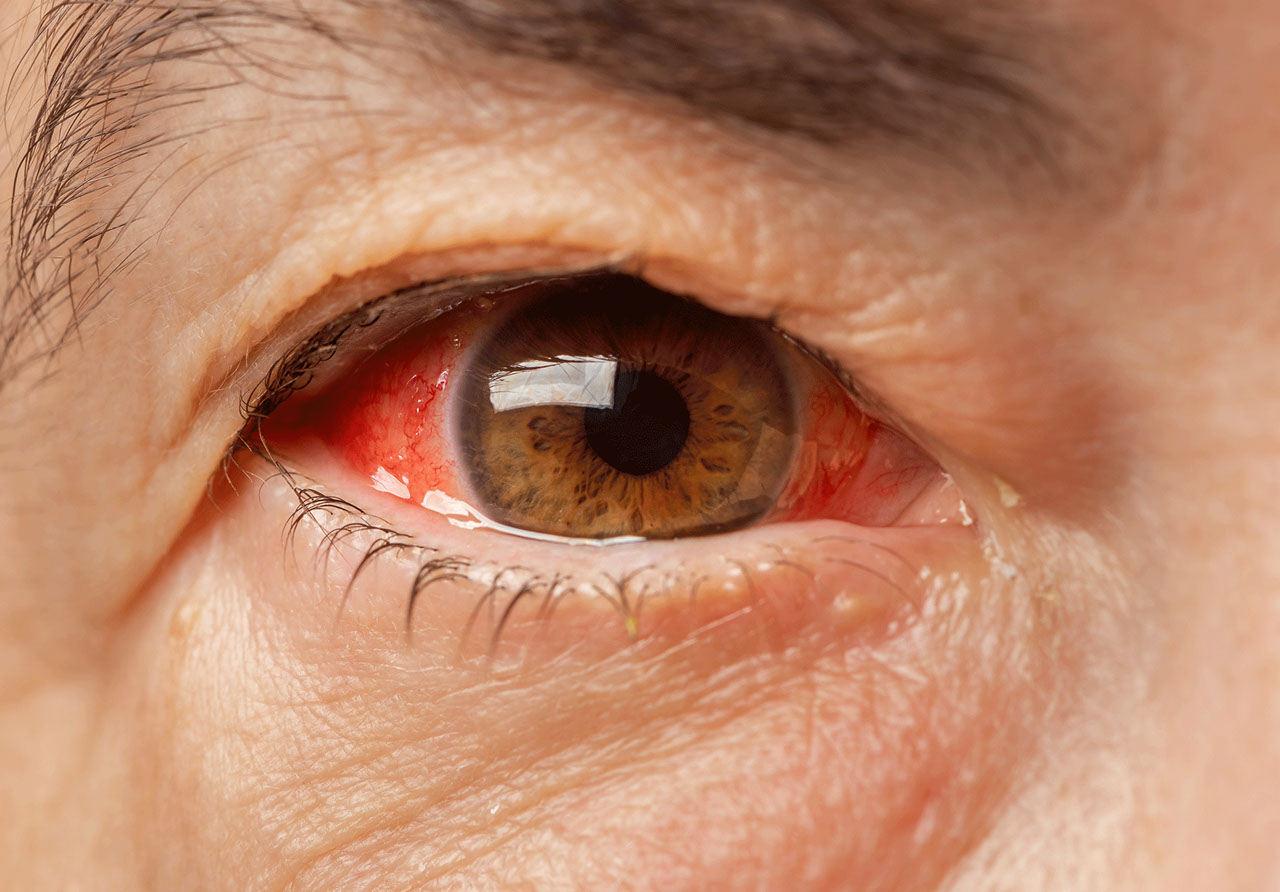What Is Glaucoma?

Glaucoma is a problem that can create high pressure in one of your eyes or both and can damage your optic nerve or nerves and even cause blindness.
What is glaucoma?
Several eye problems that damage the optic nerve are considered to be glaucoma. They often create abnormally high pressure in your eye.
Glaucoma creeps up on you. About half of all people with glaucoma do not know they have the condition. Over time, they may notice that they can’t see things off to the side (peripheral vision). Although glaucoma can occur at any time in your life, it is more common as you age. The damage is gradual, which is why it is essential to get your eyes checked regularly to catch any problems early. Your eye doctor can see the signs of glaucoma with a dilated eye exam.
Without treatment, glaucoma can eventually cause blindness. Improvements in treatment have dramatically brought down the number of people who develop blindness from glaucoma. Even with treatment, about 13 percent of people with glaucoma become blind in at least one eye within 20 years. But that percentage has fallen from a quarter among people who were diagnosed between 1965 and 1980.
YOU MIGHT ALSO LIKE: Types and Causes of Cataracts
Glaucoma and high eye pressure
Between the cornea (the clear front layer of the eye) and the iris (the colored part of the eye), there’s a space called the “anterior chamber.” Fluid normally flows through this space and out of an opening in which the iris and cornea meet, where there is spongy tissue. If it can’t flow out, pressure builds up on your optic nerve. People vary in how much pressure their optic nerve can handle.
Some people with high eye pressure don’t get glaucoma, while glaucoma can affect other people with normal eye pressure. But high eye pressure still increases your chances of glaucoma.
With normal-tension glaucoma or low-tension glaucoma, your eye pressure is normal, but, perhaps because your optic nerve is more sensitive than the average, it affects the nerve.
With open-angle glaucoma, the most common kind in the United States, you have higher than normal eye pressure. You might see patchy blind spots in your side or central vision, frequently in both eyes.
With acute angle-closure glaucoma, the opening where the iris and cornea meet gets blocked by the outer edge of the iris. When this happens, the fluid can’t drain out of your eye at all. You might get a severe headache, eye pain, nausea and vomiting, blurred vision, halos around lights, and red eyes. This is a medical emergency.
Rarely, babies are born with a problem in their eye that makes fluid drain more slowly than normal, called congenital glaucoma. Quick surgery can allow them to develop good vision.
How is glaucoma treated?
Your options may include eye drops, laser treatment, and surgery. Treatment will stop your eyesight from deteriorating further.
- Medicines. Prescription eye drops are the most common treatment. They lower the pressure in your eye and prevent damage to your optic nerve.
- Laser treatment. To lower pressure in your eye, doctors can drain the fluid in your eye using a laser, a simple office procedure.
- Surgery. This is the last choice if nothing else works.
What causes glaucoma?
Scientists don’t know for sure what causes glaucoma. You’re at more risk if other people in your family have had glaucoma, you are severely near-sighted, or you have diabetes.
African Americans and Hispanic people have more risk after the age of 40. For other groups, the risk increases after the age of 60.
Sometimes people get glaucoma as a complication of diabetes or high blood pressure. Cataracts, eye tumors, eye inflammation, eye injuries, and certain steroids may trigger glaucoma.
Researchers are looking for ways to prevent glaucoma. One recent discovery, still only demonstrated in mice, showed that changing a certain gene protects the optic nerve.
If you have a family history of glaucoma, you might cut back on coffee, according to research. In the study, those with a genetic tendency for higher eye pressure and who drank three cups of coffee a day had nearly four times higher risk of glaucoma than people who drank little coffee and had little genetic risk.
Updated:
April 11, 2022
Reviewed By:
Janet O’Dell, RN